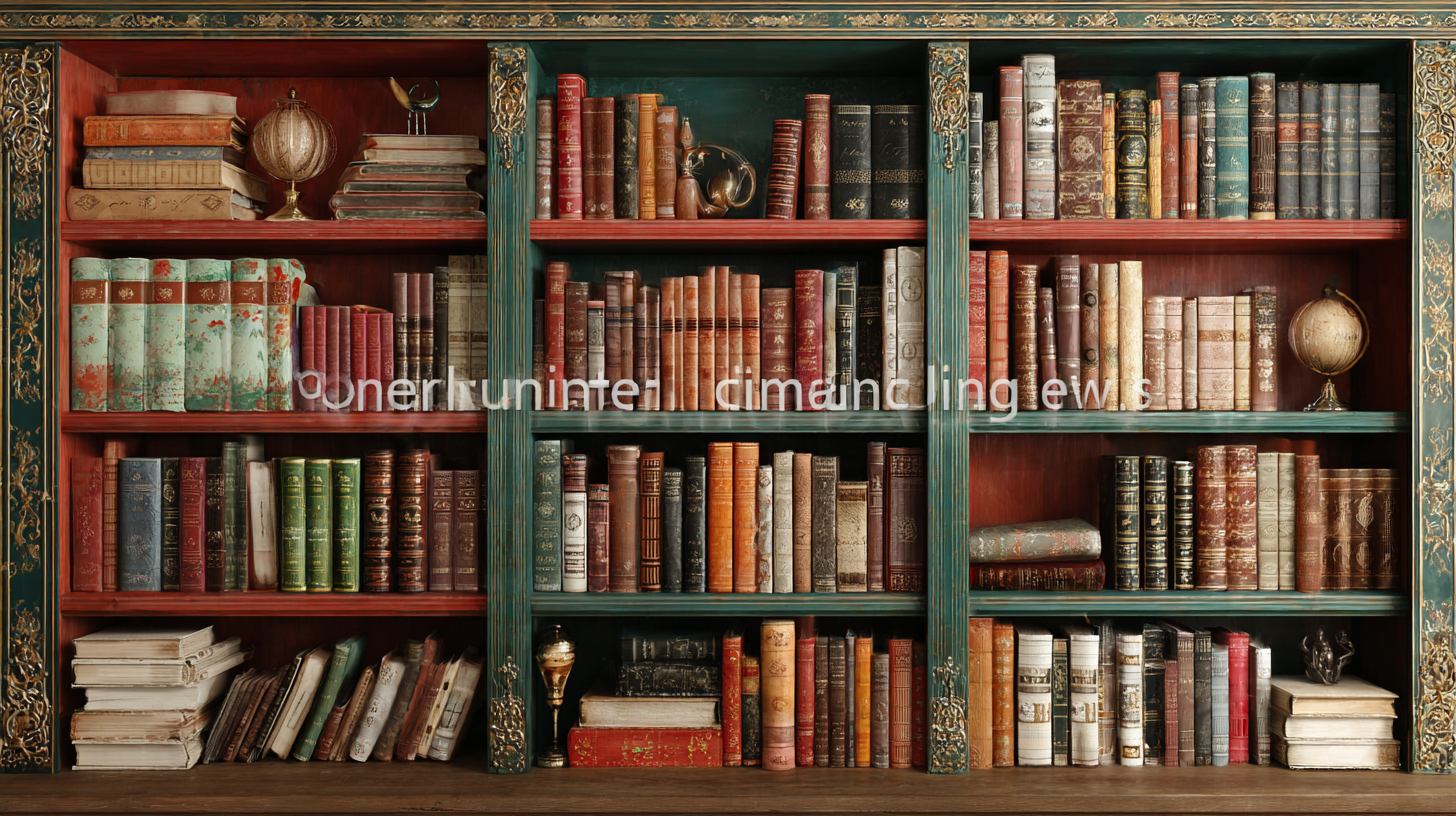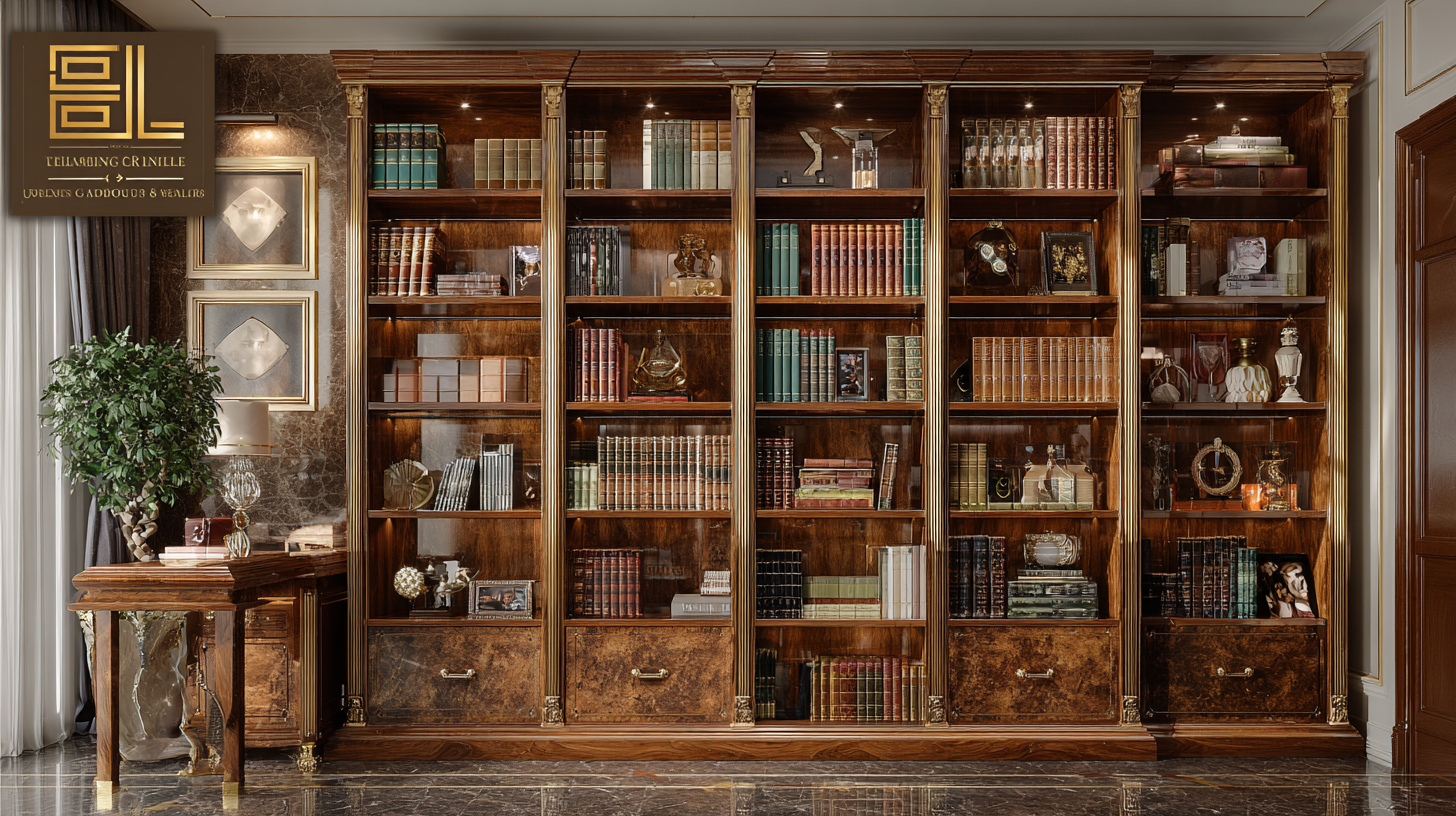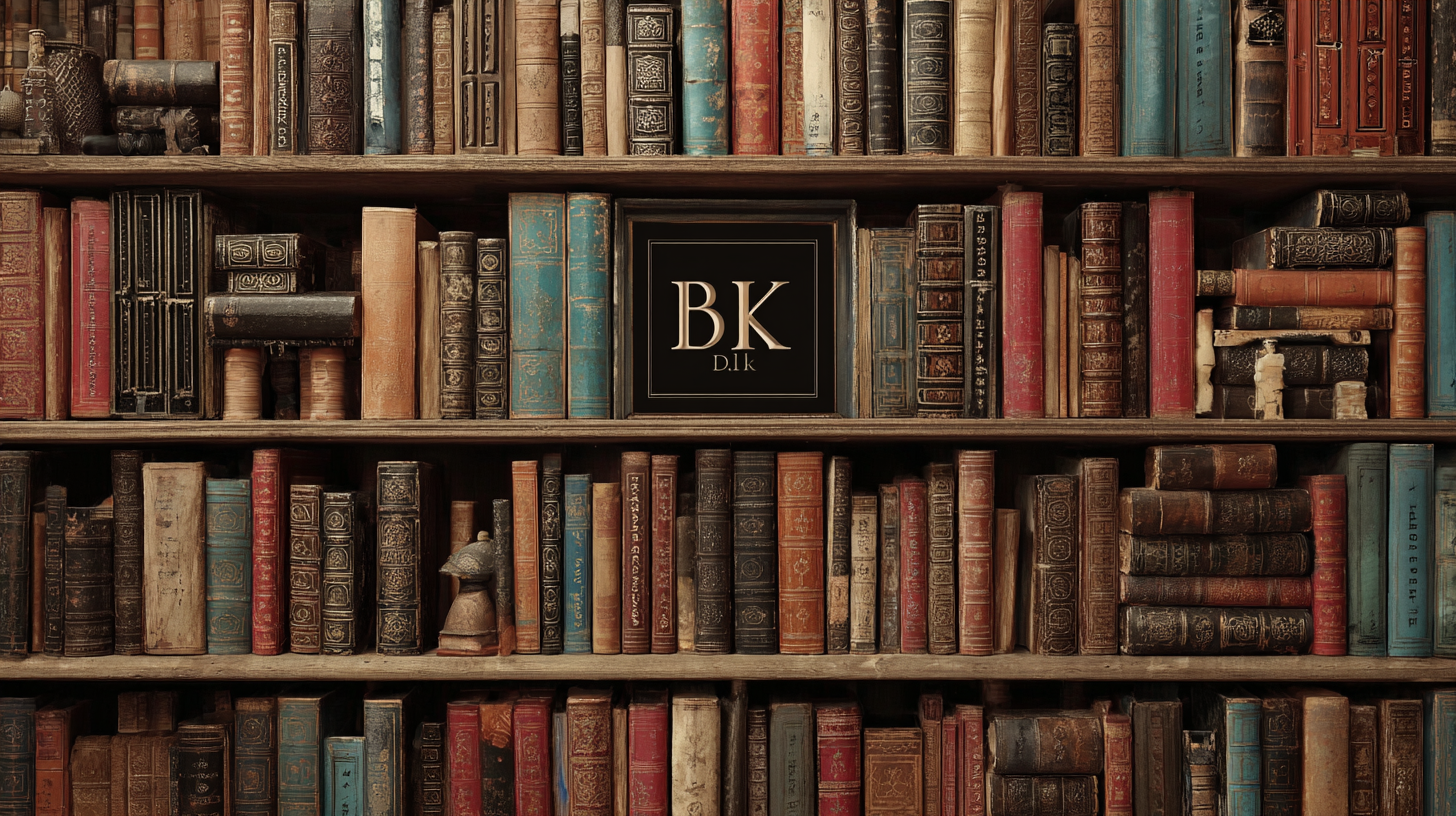In the realm of furniture, the global demand for high-quality bookcases has seen a significant surge, with the global bookcase market projected to reach USD 3.2 billion by 2025, according to a report by Grand View Research. This growth is driven by factors such as the rising trend of home offices and the increasing value placed on interior aesthetics. As classic staples of interior design, bookcases not only serve the practical function of storage but also enhance the overall ambiance of living spaces. Made in China bookcases have gained recognition for their design innovation and craftsmanship, making them a top choice among international buyers seeking both functionality and style. In this blog, we will unveil the excellence of these products, showcasing what sets them apart in today's competitive market.

The global furniture market has witnessed significant transformations, particularly in the realm of bookcases manufactured in China. According to a report by IBISWorld, the Chinese furniture manufacturing industry generated revenue exceeding $650 billion in 2022, with exports accounting for nearly 30% of that figure. This substantial output underlines China's capability in producing high-quality bookcases that cater to diverse preferences worldwide.

When assessing the quality standards of made-in-China bookcases, it’s essential to consider adherence to international norms such as the ISO 9001 quality management system. A study published by Technavio highlighted that over 70% of Chinese manufacturers have been improving their production processes to comply with these standards, ensuring durability and aesthetic appeal. Additionally, innovative materials such as engineered wood and eco-friendly finishes are increasingly utilized, catering to the growing demand for sustainable furniture options. As global buyers seek both quality and value, it becomes evident that Made in China bookcases are not just functional storage solutions but also exemplars of modern craftsmanship.
China's furnishing industry has undergone a remarkable digital transformation that has reshaped its market landscape. According to a report by McKinsey, the use of digital technologies in the furniture sector has increased efficiency rates by over 30% in the last five years. This shift not only benefits manufacturers but also enhances the overall consumer experience. With e-commerce platforms gaining traction, sales of furniture online in China are projected to account for more than 25% of the total market by 2025, indicating a significant trend towards digital engagement.
Furthermore, a study by Statista reveals that digital advertising spending in China's furniture market has more than doubled since 2018, reaching approximately $1.5 billion in 2023. This rise signifies the growing importance of attracting global buyers through targeted online marketing strategies. Manufacturers are now using big data analytics to tailor their products and services, ensuring they meet diverse consumer preferences worldwide. As Chinese bookcase manufacturers optimize their operations with advanced technologies, they position themselves to offer high-quality products, effectively catering to the burgeoning demand in international markets.
The unique features of Chinese-made bookcases stand out prominently in the global market, driven by both traditional craftsmanship and modern design. Notably, many Chinese manufacturers fusion classic styles with innovative materials, creating bookcases that not only fulfill practical storage needs but also act as stunning artistic statements. For example, the integration of Vastu and Feng Shui principles in designs enhances the aesthetic appeal while promoting balance and harmony within a space, making these bookcases particularly sought after by buyers looking to incorporate these elements into their home or office.
Recent trends indicate a significant increase in demand for eco-friendly and sustainable furniture options. According to industry reports, the global furniture market is projected to reach $650 billion by 2025, with a notable segment devoted to sustainable practices. Chinese manufacturers are responding proactively to this trend by adopting more environmentally responsible production methods, reflecting a growing commitment to sustainability. This shift not only caters to the eco-conscious consumer but also positions Chinese-made bookcases as a competitive choice in the international market. With designs that combine functionality, artistry, and ecological responsibility, these bookcases are set to redefine space aesthetics worldwide.
| Model | Material | Dimensions (cm) | Weight (kg) | Color Options | Special Features |
|---|---|---|---|---|---|
| Classic Oak | Solid Oak Wood | 180 x 80 x 30 | 25 | Natural, Dark Brown | Adjustable Shelves |
| Modern Minimal | MDF with Veneer | 150 x 70 x 30 | 20 | White, Black, Grey | Sleek Design |
| Rustic Charm | Reclaimed Wood | 160 x 75 x 35 | 30 | Brown, Grey | Eco-friendly Materials |
| Industrial Edge | Metal Frame with Wood | 170 x 80 x 40 | 28 | Black, Silver | Sturdy and Durable |
The global furniture market is witnessing a remarkable shift, with a burgeoning demand for high-quality bookcases that epitomize both functionality and design. For global buyers, choosing bookcases made in China presents an enormous opportunity due to several compelling reasons. First, the craftsmanship and materials utilized in Chinese manufacturing have reached an unprecedented level of excellence, combining traditional techniques with modern innovation to create stunning pieces that meet the aesthetic and practical needs of consumers worldwide.
Moreover, the economic advantages associated with sourcing from China are significant. The competitive pricing of Chinese bookcases, combined with the ability to customize designs, allows international buyers to offer unique furniture solutions that cater to diverse markets. As the luxury furniture sector is projected to escalate from $25.28 billion in 2025 to a staggering $37.34 billion by 2032, the demand for well-crafted, affordable bookcases will undoubtedly rise. By investing in Chinese products, global buyers not only enhance their product offerings but also tap into the growing trend of sustainable and stylish home environments.

As global buyers seek high-quality bookcases, sustainability and innovation have become pivotal aspects of product development in China’s manufacturing sector. The emphasis on eco-friendly practices is evident in the country’s push for a green transition, showcased by the establishment of zero-carbon industrial parks. These initiatives not only highlight China’s commitment to sustainability but also reflect its efforts to lead the way in responsible manufacturing, aligning with international standards and expectations.
The furniture industry, particularly in bookcase design, has embraced this sustainable ethos by focusing on durability, reuse, and remanufacturing. Innovations in advanced manufacturing techniques enable companies to enhance their environmental practices, thereby improving their Environmental, Social, and Governance (ESG) reporting capabilities. This shift is not just about compliance but also about meeting the growing demand for eco-conscious products among consumers worldwide. As manufacturers prioritize sustainable materials and production processes, the quality and appeal of Chinese bookcases are set to attract a global audience dedicated to both style and sustainability.
